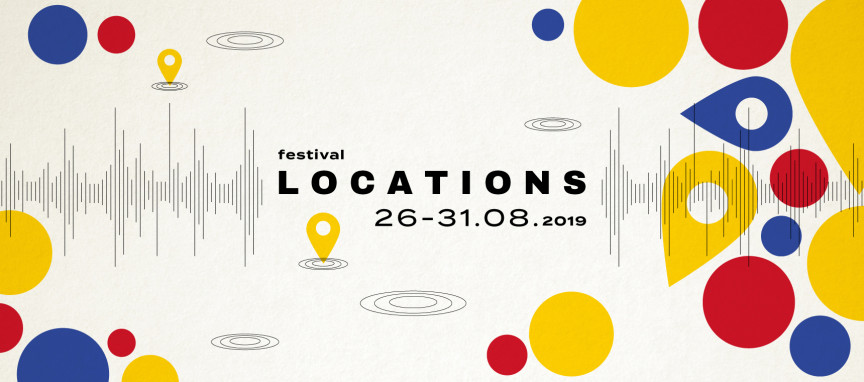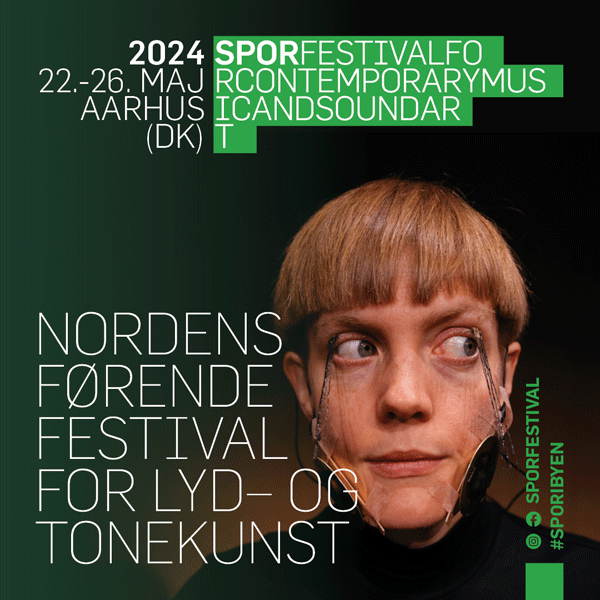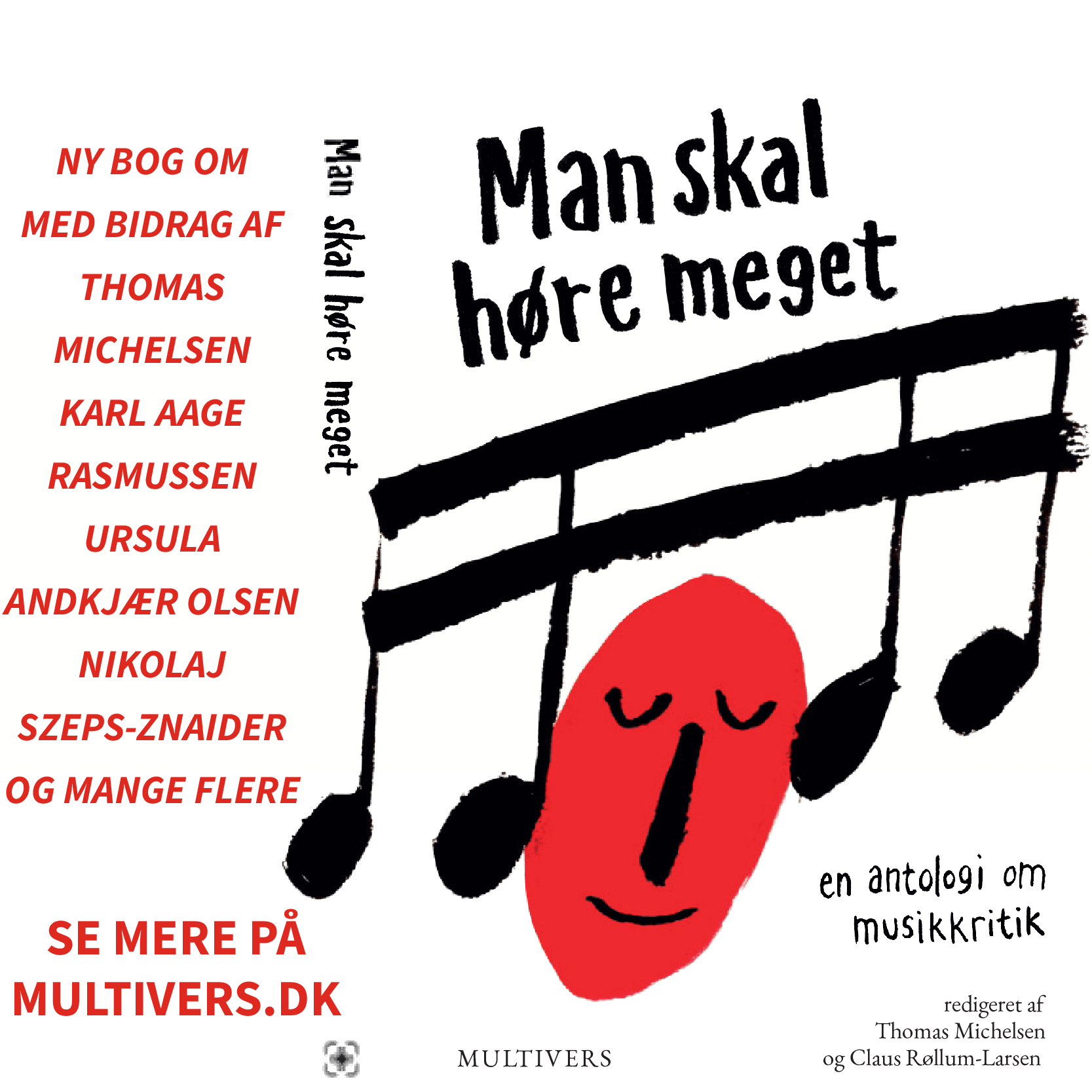The impossible festival
How do you write about a festival that, in practical terms, does not actually exist? Obviously, it does exist in the sense that it is an event that takes place: every year thirty-five young composers convene somewhere in one of the Nordic countries and hear each other’s pieces – this year, Piteå in Sweden. But there is no centre to the Young Nordic Music festival (UNM, Ung Nordisk Musik). There is no artistic director, no programming council, no board of directors, no administrative leader.
Actually, that is not strictly true: there are five sets of all of these things, one for each Nordic country, each with their own way of functioning, all interacting with each other in peculiar ways. There is a famous saying that a camel is a horse designed by committee; I cannot begin to imagine what kind of animal the Young Nordic Music festival would be. It would definitely have too many fingers. And not enough livers.
Trying to make sense of any one edition of UNM is a fool’s errand. Thirty-five pieces are chosen by five different juries. Each country has their own methods for choosing their jury, for advertising their ‘call for works’ (recently changed from ‘call for scores’) to whichever institutions they choose, and their own way of enforcing gender quotas to ensure a decent balance of female and male composers. This beast needs feeding, and as its main source of food is funding councils, there has to be deference towards the politics of the time, or it will starve. So the festival is forced to be more than young composers being young composers – as it has grown, it has become dependent on the larger institutions, and this affects the makeup of the festival and its programme.

The different juries are bringing their own preferences to the party, and as they are selected by the composers themselves (in more or less democratic methods in each country), there are several interlocking wheels of taste and artistic agendas involved in making up the programme of each edition. Practical and administrative concerns, which play a large role in organising any festival, are wiped out here in favour of what the juries would like to see performed, resulting in an impossible task for any organiser. At some point reality has to come crashing in; some pieces get cancelled as they are too expensive, some pieces are altered for practical or technical reasons, some pieces are bumped because of the gender quotas. (On this point, it’s worth noting that the gender quotas cut both ways – there have been several instances of female composers being swapped out for male to maintain the balance, not just the other way around.)
My point is that for all these reasons and more it is disingenuous to claim that UNM reflects the concerns of young composers in the Nordic countries today. There are simply too many factors involved. And yet … there are threads here to be teased out. Despite the dizzying mix of different institutions, agendas, and practical issues that go into making this festival, it might be possible to make an attempt to make sense of what happened in a tiny town in deepest darkest Sweden in late August (26-31) of this year.
A virtuoso chairman performance
It should go without saying that there is no shortage of young compositional talent in the Nordic countries. The scope of the festival has become so large that sometimes it is easy to lose sight of the fact that the pieces are mostly written by young students. There could be found a high level of professional polish across the board – from electroacoustic to chamber to performance to orchestral music. Whatever shape the future of Nordic contemporary music takes, it is in safe hands. The works taken from the traditional genres (string quartet/sinfonietta/orchestra/fixed media/etc.) were all of a high standard and could be programmed at any major European festival. This is a not small achievement on the part of these composers.
But for me the real interest of any edition of UNM does not lie in ‘pieces that could be programmed at any major European festival’. More so than last year’s edition in Bergen, there were many pieces that pushed boundaries and challenged expectations. Not in any especially provocative or a shocking way – more in a way that blurred genres, forcing you to revaluate what you thought of as a successful piece of contemporary classical music. More than once I found myself leaving a concert with the impression of having the rug swept out from under me, as I found myself having experiences I did not expect, making me reflect upon my expectations.
More than once I found myself leaving a concert with the impression of having the rug swept out from under me
Take for example the vocal concert with Piteå New Voices. There were three works played: one each by guest composers Juliana Hodkinson and Jan Sandström, alongside Ragnheiður Erla Björnsdóttir’s Seglskraut for singers and audiovisuals. Sandström’s Sanctus (1992) was squarely located in the tradition of modern choir music: tonal to a fault, carefully constructed. Hodkinson’s Something in Capitals (2017) had a completely different approach: a score consisting of only text instructions, with the choir and ensemble eerily glissando-ing between fragments of text and improvised material. Björnsdóttir’s work was different again, carefully staged with a keen eye on the dramaturgy of the piece, and a beautiful, unpretentious video of ocean movements played in reverse, that in some bizarre way complemented the guttural, rich material from the choir. The more boundary-pushing and the more traditional works existed together in such a way that they enriched, rather than detracted from, each other – and this carefully balanced approach could be found in most of the programming this year.
This to me is a sign of a successful festival, and a lot of it was down to the organisation of the chairman of the Swedish board Frej Wedlund. Wedlund, who programmed the individual concerts, as well as having his own work (Plasticity for string quartet) performed, appeared to be everywhere at once, solving every single problem as it happened. A virtuoso performance.
One particular event sticks out in mind. A concert for fixed media works held at Framnäs Folkhögskola, 15 minutes drive out of Piteå, was long delayed due to some missing equipment that had to be sourced at the very last minute. This could have been a disaster. Instead, it turned into one of the more positive experiences of the festival, as Wedlund and his team were delivering food and beer to the waiting audience as well as simultaneously setting up and compensating for the missing equipment. Compromises had to be made – works were performed in reduced channels, the delay to the start of the concert ran up to almost two hours, one piece was rescheduled – but the morale was high, and the communication between organisers and audience was very well managed. At any other festival, these problems would be the kiss of death. Turning it around into a positive was a major feat.
After the tonal wars
But enough of organisation and structures. What about the pieces themselves? Perhaps I am grasping at straws, but I would venture that the old tonal/atonal dichotomy has been long supplanted by the binary I hinted at above. If I play the game and take this year’s UNM at face value, it is safe to say that today’s young composers do not take their big risks in the areas of tonality, or orchestration, or structure, or the other areas emphasised in a traditional education in composition. There existed a different set of distinctions. On one hand, works that aim to situate themselves firmly within the traditions of contemporary music, whatever genre that may be, with a focus on craft, polish, and professionalism. On the other hand, works that lived in the cracks between – works without genre, works that made no distinction between composition and performance, works that played with the concert format, works that made you question what you were watching.
My own extremely biased preferences are not hard to spot, as my This Piece Will Improve Your Life for 12 performers closed out this year’s festival. But just because a piece came from the first of my two made-up categories, it does not follow that it was any less successful or that it didn’t make me question what I thought I knew. One of the most striking experiences for me this year was Tine Surel Lange’s Wires for fixed media. Lange’s piece sampled the sounds of radio wires from a communications tower, and arranged them to create a raw and physical experience that stayed with me long after the concert finished. An intense, almost primal, piece of art.
Similarly effective was Martin Hirsti-Kvam’s Belta poi che for soprano, theorbo, harpsichord and electronics. The piece started with notes on notes – modernism in action. However, there followed a touching journey to a purer, brighter, more radiant place, throwing the beginning of the piece into sharp relief in an intelligent, even moving, way.
But on the whole the works from the second category were the more memorable experiences. Teemu Mastovaara’s Mit inniger Empfindung (for violin, cello, percussion, piano, gayageum, painter and electronics) gleefully combined Schumann, rock music, Jackson Pollock, Monet, tape music, and Korean zither into a strange mish-mash of concert experiences that shifted gears at breakneck speed. One moment we were listening to a lovely piano trio, the next we were at a rock gig. The whiplash-fast way the piece changed pace contrasted surreally with the static experience of listening to a classical concert – highlighted by the immediately preceding performance of Wedlund’s aforementioned string quartet. All anchored by the bravura performance of painter Emelie Markgren, who strode back and forth in complete command of the stage, throwing paint all over huge canvases, stopping every now and then to daub the musician’s faces. Pure, unselfconscious joy.
Bold choices
A more introverted experience was Kajsa Antonsson’s Dismantling for three performers (full disclosure – one of them was me). Various objects were scattered across the performance space, slowly moved into the middle of the stage in varying ways, and explored by the performers. In the centre of the piece, a carefully choreographed performance with flute headpieces and balloons. I found the piece to be thoughtful, balanced, but also fearless – unafraid to explore the comedy or the ugliness in its beauty.
Hermod Ringset Bentsen’s Explanations of the Subsequent Human – and More for solo percussionist also managed to walk the line between thoughtfulness and fearlessness. Part solo percussion piece, part OCD-style mallet rearrangement, part beat poetry, part mime – it managed to successfully combine all of these into a strikingly concentrated performance, simultaneously funny and grippingly intense.
This pluralistic and freeing approach to making art music was not confined to the concert space, spilling over into the installation realm. Frederik Heidemann’s audiovisual Honey, You’re My One and Only was a strangely moving experience, as we followed a character created (and stuck) inside a software for videogame development. The focus zoomed in and out, as we explored the world the character inhabits as well as the tools used to create his world, all to a free-jazz percussion soundtrack. The work was displayed in the foyer of the UNM hotel, so I walked past it every day, never seeing the whole thing in its entirety. A smart decision – the piece became part of my everyday life in a way that I didn’t quite notice until after the festival, sprinkling every morning with a tiny dusting of weirdness.
Last year I questioned if reduced support from funding agencies have resulted in a more cautious approach to making art music from young composers. This year’s festival seems to point in the opposite direction – composers making bolder choices. Perhaps this is in reaction to an increasingly hostile and troubled global political landscape – perhaps it is even a desperate response to living in a world facing a climate juggernaut any year now. Maybe the two approaches outlined above – one retreating inside and perfecting existing traditions, one working to disassemble or even destroy them – are two equally valid responses to the increasingly desperate situation the world looks to be in right now. It is certainly tempting to put this story on top of the festival. But UNM resists this kind of easy categorisation. There is simply too much going on, and too many different forces at play.
And so, the beast will lumber on, as its component composers and board members age out of eligibility and are replaced by young blood. It is a strange festival with an unclear purpose – showcase? Networking opportunity? Capsule collection? Creating connections with a wider audience? The lack of centralised organisation means that it is unlikely to come into focus in the near future. Perhaps this is as it should be – a festival does not run for over 70 years without fulfilling some kind of need, and sometimes it’s best to just do things without quite knowing why.

